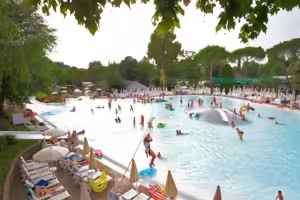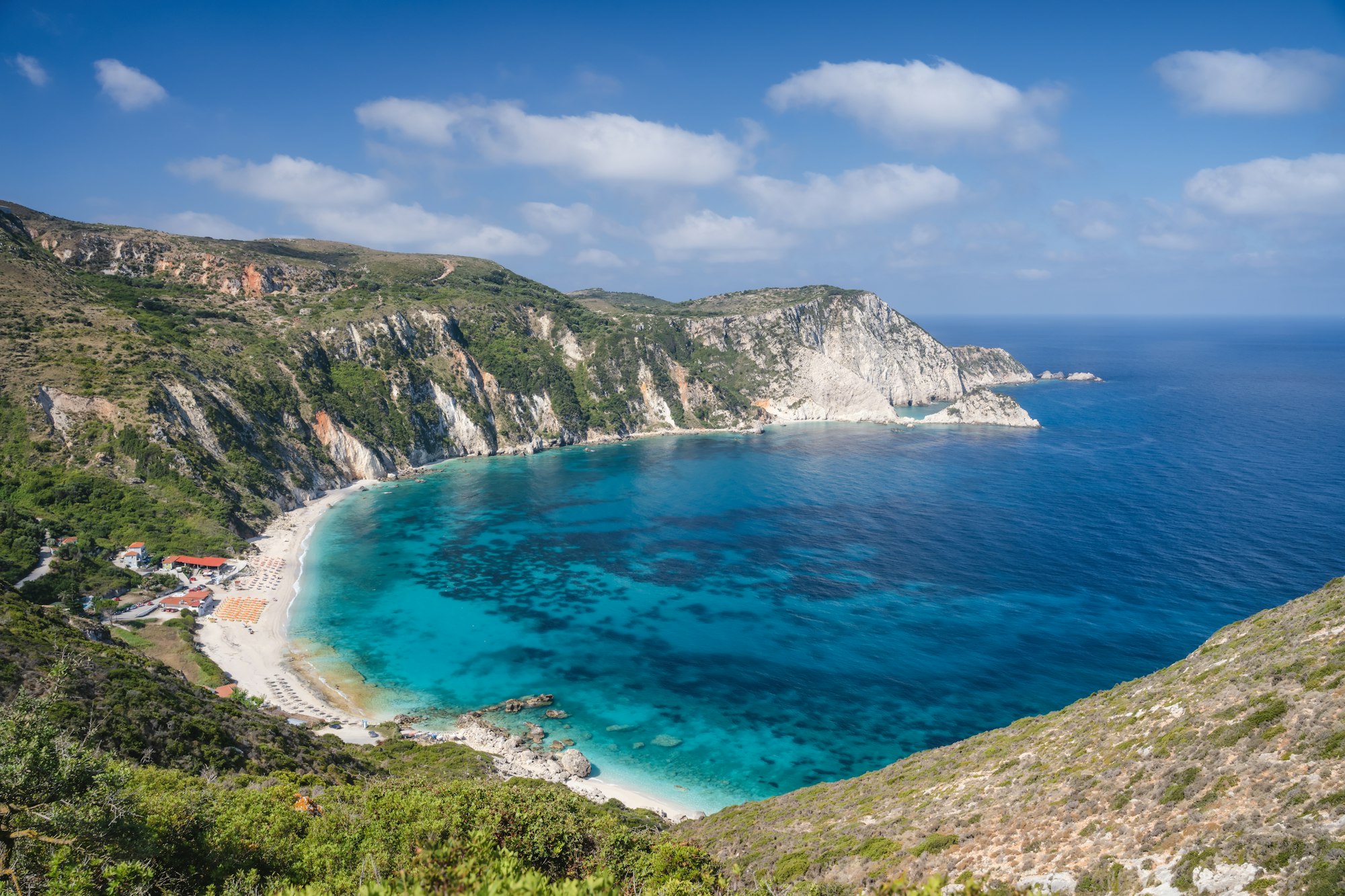Best Time To Visit Guinea-Bissau in 2024Visiting Guinea-Bissau offers a unique opportunity to explore a blend of natural beauty and cultural richness. The best time to visit Guinea-Bissau in 2024 promises ideal weather conditions and a host of exciting activities and festivals. Whether you’re looking to delve into the history, indulge in local culinary delights, or simply relax amidst stunning landscapes, Guinea-Bissau has something to offer every type of traveler. This guide provides essential tips and insights to help you make the most of your visit during the optimal travel period
TLDR;
ToggleBest Month to Visit Guinea-Bissau in 2024
The best time to visit Guinea-Bissau is during the dry season, which runs from November to April. This period offers the most pleasant weather, with less humidity and minimal rainfall, making it perfect for exploring the outdoors and enjoying the country’s beautiful beaches and national parks (Time Travella) (Weather2Travel.com). Specifically, the months of January, February, and March are particularly favorable due to their low precipitation levels and comfortable temperatures.
50 Places to Visit in Guinea-Bissau
Bissau Velho – The old Portuguese center of Bissau, rich in history and culture.
Presidential Palace – An architectural marvel with historical significance.
Pidjiguiti – Bustling jetties with local fishermen and boats to Bissagos Islands.
Fortaleza de Amura – A historic fort and museum in Bissau.
Bafatá – Birthplace of revolutionary Abel Djassi, known for its green landscapes and river views.
Lagoas Cufada Natural Park – Home to diverse wildlife including hippos, buffalo, and leopards.
Cacheu – An old town with historical forts and mangrove swamps.
Bolama Island – Former capital with colonial buildings and peaceful beaches.
Varela – Coastal area with pristine beaches and wildlife.
Rubane Island – Known for its beautiful beaches and fishing villages.
Orango Island – Part of the Bijagós archipelago, famous for its wildlife.
João Vieira Island – Nesting site for sea turtles.
Carache Island – Lesser-known island with stunning natural beauty.
Formosa Island – Popular for its beaches and marine life.
Uno Island – Remote island offering tranquility and natural beauty.
Poilão Island – Sacred island with significant historical and cultural value.
Mango Island – Known for its lush vegetation and wildlife.
Canchungo – A town with vibrant markets and cultural sites.
Quinhámel – Coastal town with scenic views and historical landmarks.
Bissorã – A small town with rich cultural heritage.
Gabú – Known for its traditional crafts and local markets.
Mansoa – A town with scenic landscapes and cultural attractions.
Fulacunda – Quaint town with historical significance.
Farim – Riverside town with beautiful scenery.
Cacine – Coastal town with pristine beaches.
Catio – A town surrounded by natural beauty.
Bubaque – The main island of the Bijagós archipelago with stunning beaches.
Prabis – Known for its serene environment and wildlife.
Catio – Coastal town with beautiful views and cultural sites.
Nhacra – A small town with local markets and scenic views.
Quebo – Known for its historical sites and natural beauty.
Tite – A town with rich cultural heritage and scenic landscapes.
Bubajon – Coastal town with beautiful beaches.
Geba – Known for its picturesque landscapes.
Fulacunda – Quaint town with historical significance.
Bicau – A town with beautiful landscapes and cultural sites.
Farin – Riverside town with scenic views.
Bolama – Island with colonial buildings and peaceful beaches.
Ilha das Galinhas – Island known for its beautiful beaches and marine life.
Ilha de Soga – Remote island offering tranquility and natural beauty.
Cacheu River Mangroves – Rich in biodiversity and scenic views.
Rio Grande de Buba – Known for its diverse wildlife and scenic landscapes.
Ilha de Orango – Island famous for its wildlife and natural beauty.
Canhabaque Island – Part of the Bijagós archipelago with pristine beaches.
Ilha de Soga – Remote island offering tranquility and natural beauty.
Ilha de Canogo – Known for its beautiful beaches and marine life.
Ilha de Jeta – Island with rich cultural heritage and natural beauty.
Ilha de Meio – Lesser-known island with stunning natural beauty.
Ilha de Formosa – Popular for its beaches and marine life.
Ilha de Rubane – Known for its beautiful beaches and fishing villages.
Travel Tips for Guinea-Bissau
Weather Considerations: The dry season from November to April is the best time to visit. Avoid the rainy season from June to October when travel can be more challenging due to heavy rainfall (Champion Traveler).
Safety: Always check travel advisories before visiting. Some areas may require caution due to political instability.
Health Precautions: Ensure you have all necessary vaccinations and carry anti-malaria medication.
Local Customs: Respect local customs and traditions. Learning a few phrases in Portuguese can be helpful.
In conclusion, Guinea-Bissau is a hidden gem with much to offer. By planning your visit during the optimal months and exploring its many attractions, you are sure to have an unforgettable experience. For more detailed information and latest updates, you can visit Time Travella and Champion Traveler.




